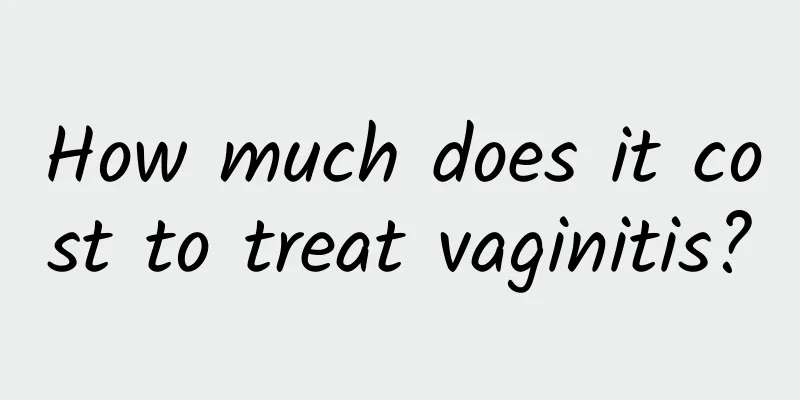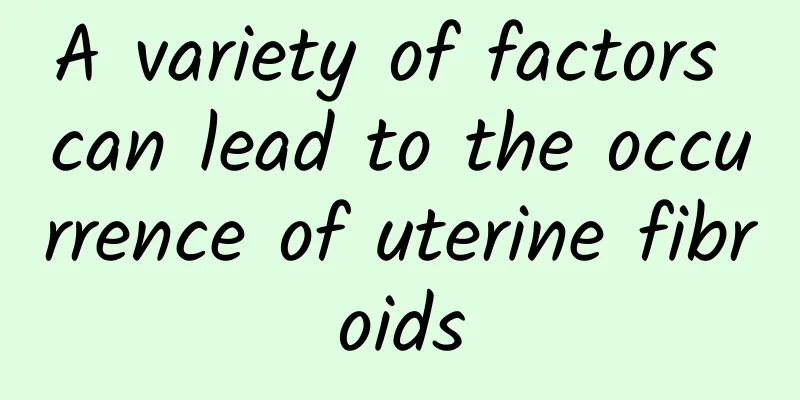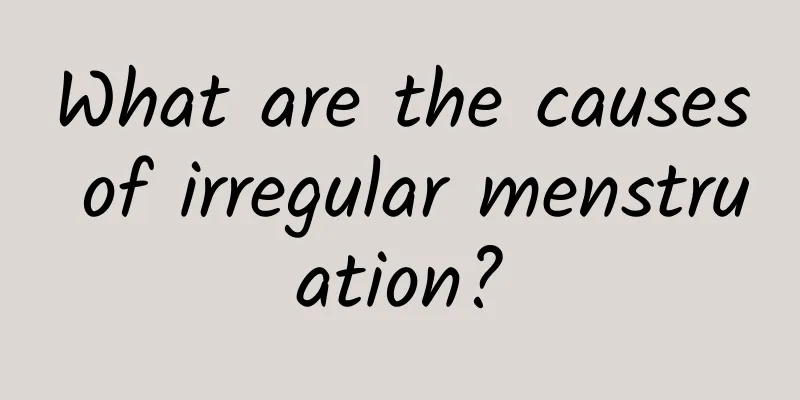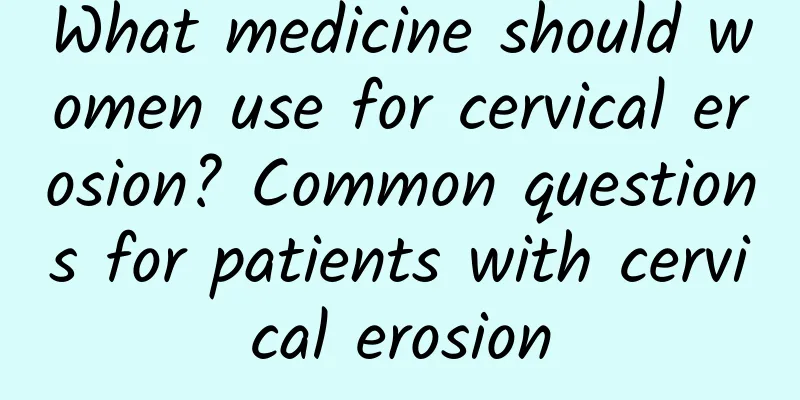What should I do if I have uterine fibroids? What causes uterine fibroids?
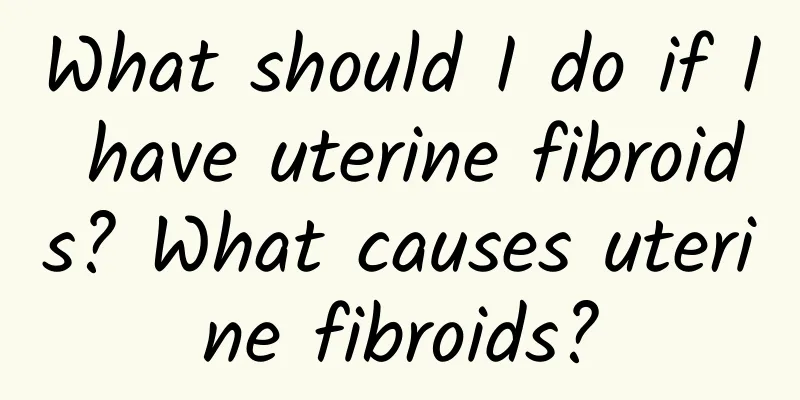
|
Uterine leiomyoma, also known as uterine fibroids, is a benign tumor. Because it grows on the female genitals, it is very harmful to women's health. Let's take a look at the four common treatments for uterine fibroids, hoping to help female friends. Drug treatment: Uterine fibroids are a type of sex hormone-dependent tumor. Hormone drug treatment has been going on for more than half a century. It has tried various drugs, but drugs for the treatment of fibroids are still being explored. Minimally invasive treatment: Minimally invasive surgical treatment is mainly laparoscopic treatment, which makes up for the shortcomings of traditional treatment and surgical treatment, and can enable patients to recover their health as soon as possible. The risk of surgical treatment is relatively reduced. Because it is a minimally invasive surgery, the wound is very small, which can satisfy women's cosmetic psychology. Expectant therapy: Expectant therapy is regular observation, and no special treatment is required. It is mainly suitable for uterine fibroids with a size of less than 5 cm, asymptomatic or mild symptoms, and for women near menopause, it is expected that the fibroids will shrink naturally after menopause. Check every 3 to 6 months, and pay attention to whether there are symptoms and whether the uterine fibroids are enlarged during the follow-up. A gynecological examination should be performed at each follow-up, supplemented by B-ultrasound examination. If there are symptoms of menorrhagia or the fibroids grow particularly fast during the follow-up, appropriate treatment should be taken in time. Under the supervision of regular follow-up, it is appropriate to carry out prospective treatment for asymptomatic uterine fibroids. It should also be noted that a small number of patients with uterine fibroids that do not shrink but grow after menopause should strengthen follow-up. Non-invasive treatment (ultrasound ablation therapy): Ultrasound ablation therapy is currently the safest and most effective method for treating uterine fibroids. It is a new non-invasive (no surgery, no puncture) local physical treatment method that uses high-intensity ultrasound to focus on uterine fibroids in the body, relying on high temperature and cavitation effect mechanisms to cause uterine fibroid tissue to coagulate and necrotize, thereby achieving the purpose of local inactivation of uterine fibroids and preventing further growth of uterine fibroids. Necrotic tissue can be gradually absorbed or fibrosed, reducing the atrophy of uterine fibroids, thereby reducing or alleviating the corresponding symptoms caused by uterine fibroids. |
Recommend
What are the main methods of preventing cervicitis?
What are the main methods of preventing cerviciti...
Six essentials for female uterine infertility care, three major misunderstandings in the treatment of female cervical inflammation
Protecting your uterus is what every female frien...
Nutritionist's secret to not getting fat when eating at a party
It is the end of the year again, and all kinds of...
Women who have menstrual changes are worried about perimenopausal syndrome
Perimenopausal syndrome, also known as menopausal...
Can suppositories be used to treat cervical erosion during breastfeeding?
Can suppositories be used to treat cervical erosi...
What causes recurrence of cervical erosion?
Cervical erosion is the most common cervical dise...
Can I take medicine to relax muscles and promote blood circulation during menstruation?
Can I take medicine to relax muscles and promote ...
What are the causes of menstrual disorders?
What are the causes of menstrual disorders? 1. St...
Causes of irregular menstruation in women after abortion
Some women may experience irregular menstruation ...
Big reveal! The secret of jogging girls to get a six-pack
I see a lot of girls running, all wearing half-le...
How to eat during fasting? Nutritionist reveals: 6 types of food that will make you thinner the more you eat
How to eat during fasting? How to eat during fast...
What should patients with adnexitis pay more attention to in their daily lives?
What should patients with adnexitis pay more atte...
Ovarian cyst malignancy symptoms and how to treat
Ovarian cysts are the most common symptom for fem...
What are the clinical manifestations and hazards of bacterial vaginosis?
Bacterial vaginitis is the most common vaginal in...
How to prevent the occurrence of endometrial thickening disease
Nowadays, diseases in life are really hard to pre...
